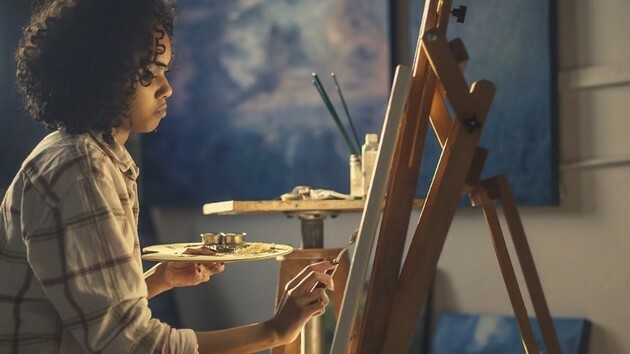Since 1982, on April 29, the International Dance Day, instituted by UNESCO in honor of the creator of modern ballet, Jean-Georges Noverre, has been celebrated.
Dance is the art of moving the body, through a cadence of movements and rhythms, creating its own harmony.
It is not only through the sound of music that you can dance, as movements can happen regardless of the sound you hear, and even without it.
The history of dance portrays that its emergence took place in Prehistory, when men hit the ground. Little by little, they gave more intensity to the sounds, discovering that they could make other rhythms, combining the steps with their hands, through their palms.
The emergence of group dances happened through religious rituals, in which people gave thanks or asked the gods for sun and rain. The earliest records of these dances show that they appeared in Egypt, two thousand years before Christ.
Later, already losing the religious custom, the dances appeared in Greece, due to the commemorations of the Olympic Games.
Japan preserved the religious character of the dances. To this day, they are performed in the ceremonies of early times.
In Rome, dances turned to sensual forms, in homage to the god Bacchus (god of wine), and danced at festivals and bacchanals.
In the courts of the Renaissance period, dances returned to have a theatrical character, which was being lost in time, as no one practiced it for that purpose. It was practically from there that tap and ballet emerged, presented as theatrical shows, where steps, music, clothing, lighting and scenery make up its structure.
Do not stop now... There's more after the advertising ;)
In the 16th century, the first records of dances appeared, in which each location had its own characteristics. In the nineteenth century, dances made in pairs emerged, such as the waltz, polka, tango, among others. These, at first, were not accepted by the most conservative, until the 20th century rock'n roll appeared, which revolutionized the musical style and, consequently, the rhythms of dances.
As the mixing of peoples took place, cultural aspects spread.
Maracatu, samba and rumba are proof of this, because through the dances coming from blacks, Indians and Europeans these rhythms originated.
Nowadays, dances have turned much to the side of sensuality, being more publicized and accepted around the world. In Middle Eastern countries belly dancing is very widespread; and in Brazil, funk and samba are popular. In addition to these, the striptease has had great repercussion, especially if joined to the English dance, pole dance, also known as the dance of the barrel.
By Jussara de Barros
Graduated in Pedagogy



